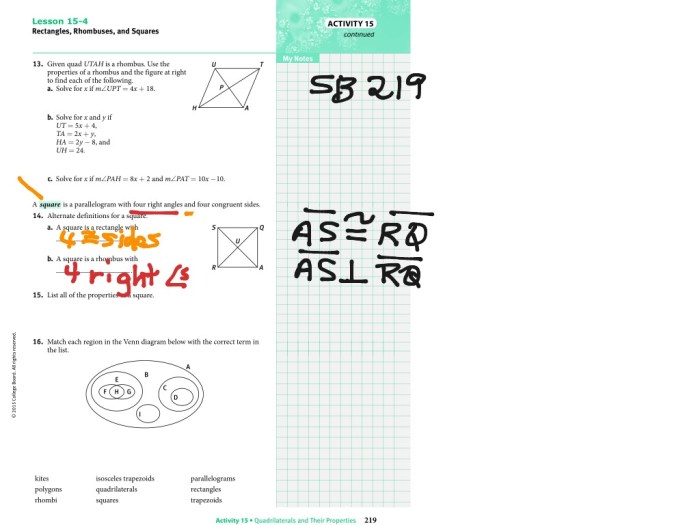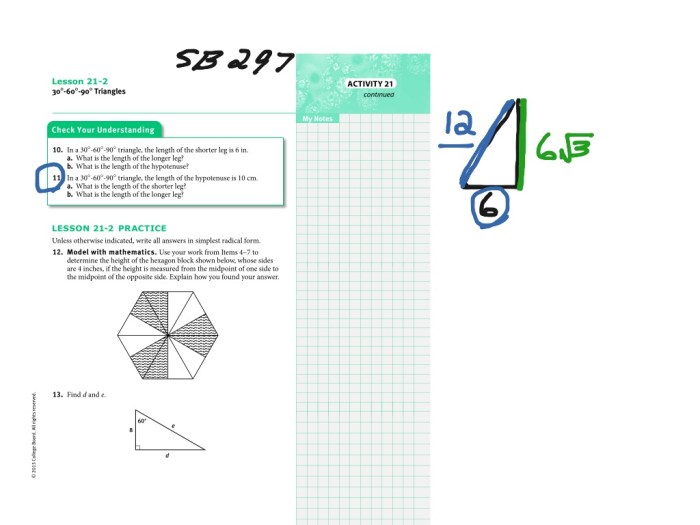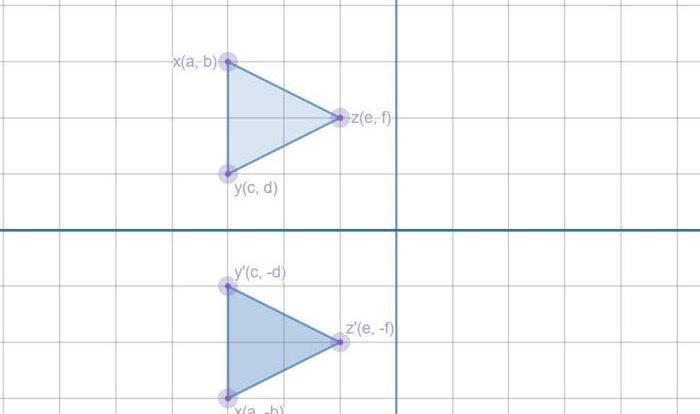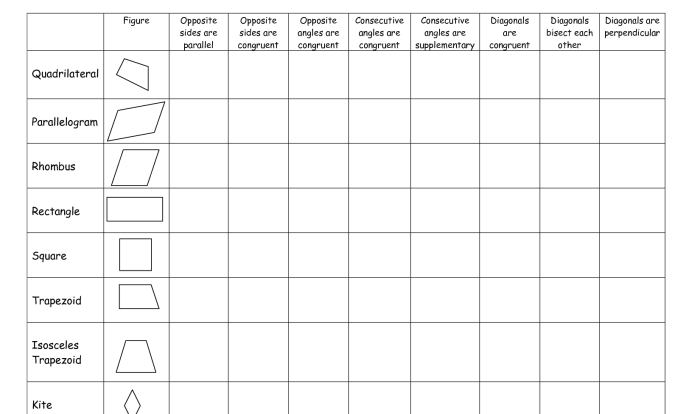Embark on a journey of geometric exploration with geometry lesson 3.4 practice a answers, a comprehensive guide that empowers students to master the intricacies of angles, lines, and triangles. This invaluable resource provides a solid foundation for further geometric endeavors, fostering a deep understanding of fundamental concepts.
Through engaging practice problems and detailed explanations, this guide transforms complex geometric principles into accessible knowledge. It unravels the mysteries of angle measurement, line relationships, and triangle properties, equipping students with the tools to tackle real-world applications with confidence.
1. Key Concepts and Terminology
Geometry Lesson 3.4 introduces fundamental concepts related to angles, lines, and triangles.
Angles:An angle is formed by two intersecting lines or rays that share a common endpoint, called the vertex. Angles are measured in degrees, with a full rotation being 360 degrees.
Lines:A line is a straight path that extends infinitely in both directions. Lines can be parallel, perpendicular, or intersecting.
Triangles:A triangle is a polygon with three sides and three angles. Triangles can be classified based on their side lengths (equilateral, isosceles, scalene) or their angle measures (acute, right, obtuse).
| Term | Definition | Example |
|---|---|---|
| Angle | Formed by two intersecting lines | 90-degree angle |
| Line | Straight path extending infinitely | Horizontal line |
| Triangle | Polygon with three sides and three angles | Equilateral triangle |
2. Practice Problems
Problem 1:Find the measure of the missing angle in the following triangle: 
Problem 2:Determine if the following lines are parallel, perpendicular, or intersecting: 
Problem 3:Classify the following triangle based on its side lengths: 
3. Answer Key and Explanations: Geometry Lesson 3.4 Practice A Answers

Answer 1:60 degrees (Sum of angles in a triangle is 180 degrees)
Answer 2:Parallel (Lines with the same slope are parallel)
Answer 3:Equilateral (All sides are equal)
4. Application and Extensions

The concepts covered in Geometry Lesson 3.4 have numerous applications in real-world scenarios, including:
- Architecture: Designing buildings and structures with specific angles and line relationships
- Engineering: Calculating angles and distances in bridges, roads, and other infrastructure
- Design: Creating aesthetically pleasing and functional objects using angles and triangles
For further exploration, consider the following resources:
- Khan Academy: Geometry – Angles and Lines https://www.khanacademy.org/math/geometry/angle-and-line-relationships
- Brilliant: Triangle Properties https://brilliant.org/wiki/triangle-properties/
User Queries
What are the key concepts covered in Geometry Lesson 3.4?
Geometry Lesson 3.4 delves into the fundamental concepts of angles, lines, and triangles, providing a solid foundation for geometric understanding.
How can I access the practice problems and answer key?
This guide includes a set of challenging yet accessible practice problems, along with a comprehensive answer key that provides detailed explanations for each solution.
What are the real-world applications of the concepts covered in Geometry Lesson 3.4?
The concepts covered in Geometry Lesson 3.4 find practical applications in various fields, including architecture, engineering, and design.

